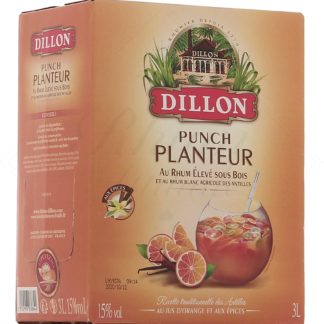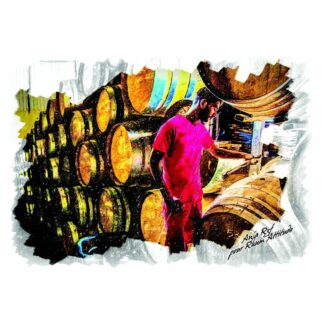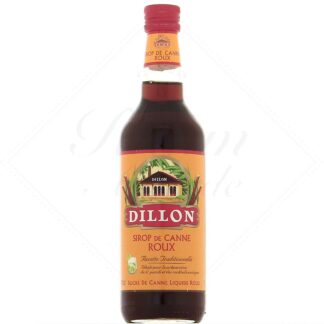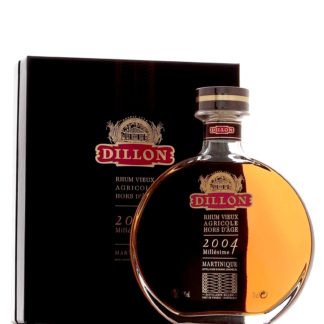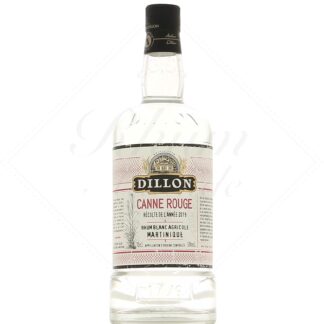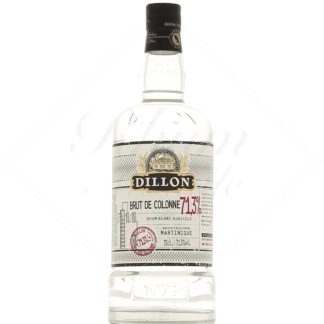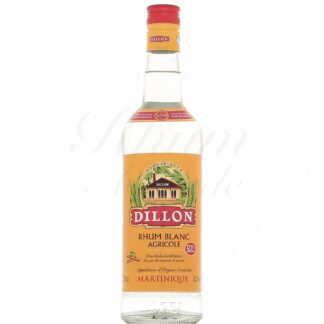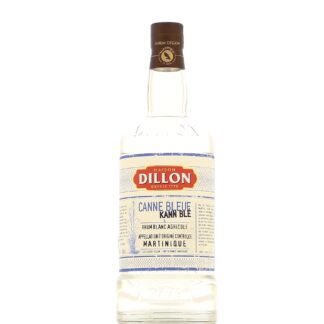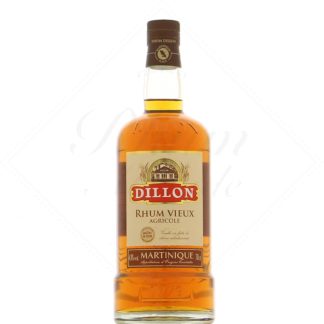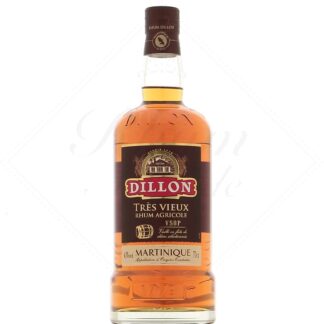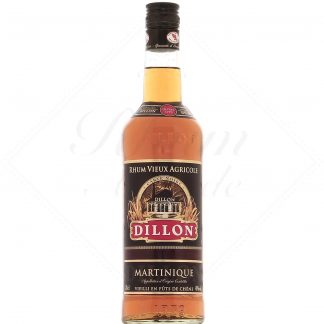Dillon

The history of Dillon rums
It was in 1779 that Count Arthur Dillon, a young captain of Irish origin, landed in Martinique after his involvement in the American War of Independence. He met an heiress from a planting family, cousin of Joséphine de Beauharnais, and with her ran the Girardin plantation, which had been growing sugarcane since 1690. They soon married, and the plantation was renamed Plantation Dillon.
This plantation didn't immediately start processing sugar cane. It was not until a change of ownership in the 19th century (Pierre Hervé, mayor of Saint Pierre, in 1857) that sugar and rum production began on Plantation Dillon.
Despite major investments, notably with the arrival of the railroad, the plantation was hit hard by the sugar crisis of 1866, leading to another change of ownership, in the person of Louis Domergue.
This was not the end of the difficulties for Plantation Dillon, for in 1891, a cyclone took Louis' life and the Habitation was devastated. His son Raoul rebuilt the Habitation in 1900, and introduced the distilling column in 1920. This historic column is still in operation today.
Meanwhile, the Quota Act of 1919 had begun to erode the distillery's health, and it closed its doors in 1928. The Dillon plantation then devoted itself solely to sugar.
Rum production finally resumed in 1954, and a few years later, in 1967, the plantation was bought by the Bordeaux-based company Bardinet. The latter invested heavily in the distillery, multiplying production of its agricultural rum by a factor of 4 and building an ageing cellar capable of holding 3,000 barrels. La Martiniquaise then acquired Bardinet in 1993, before Dillon rums obtained AOC Martinique status in 1996.
The distillery's steam engine, dating from 1922, and the distillation column have both been transferred to Depaz. Dillon still works with its own cane, and while rum is now produced in Saint-Pierre, aging and bottling still take place at the historic site in Fort de France.
Dillon rums
Dillon rums are agricultural rums made from 10 different varieties of sugar cane. The cane is quickly pressed, the juice filtered and slightly diluted before fermentation for 24 to 48 hours to produce a cane wine with an alcohol content of 4 to 6%.
The boiler, which supplies steam to the distillation column, runs solely on bagasse (the residual fibers left over from cane pressing). The rum flows from the column at 65% and benefits from at least 5 weeks' rest, during which it is reduced to 50 or 55% for white rums.
Old rums are aged in oak barrels for varying lengths of time. Dillon Carte Noire is a good introduction to the range. Aged a minimum of 3 years, its smoothness can be enjoyed as a tasting or even as a ti'vieux.
La Réserve du Comte Arthur Dillon is a VSOP, a blend of rums aged a minimum of 4 to 5 years in oak casks.
Dillon XO 7 ans is a very old rum designed for tasting. Complex, authentic, yet smooth and accessible, its quality/price ratio is unbeatable in its category. Read less
